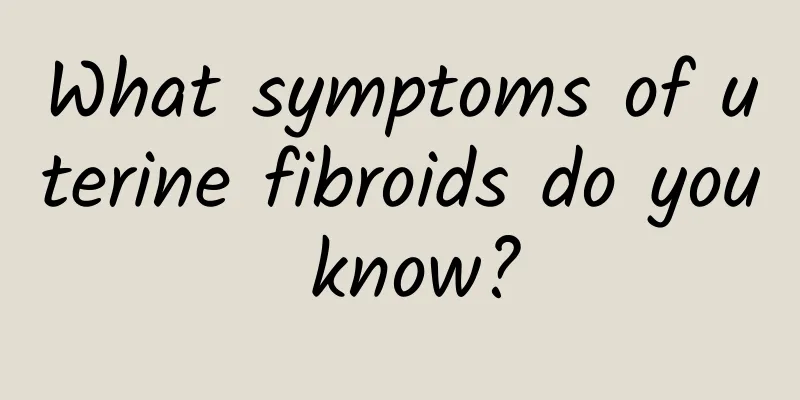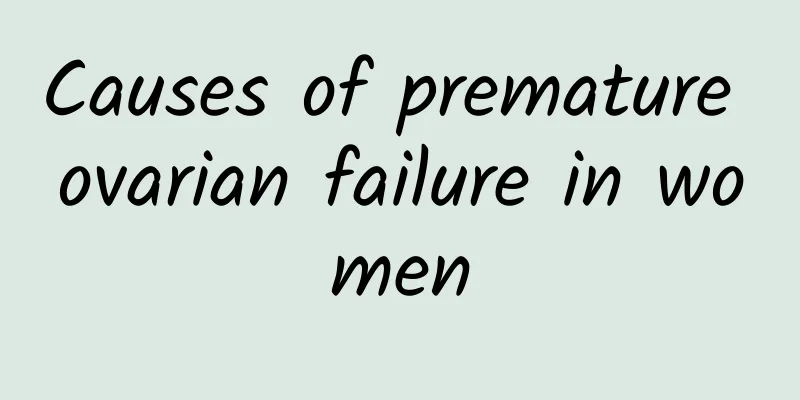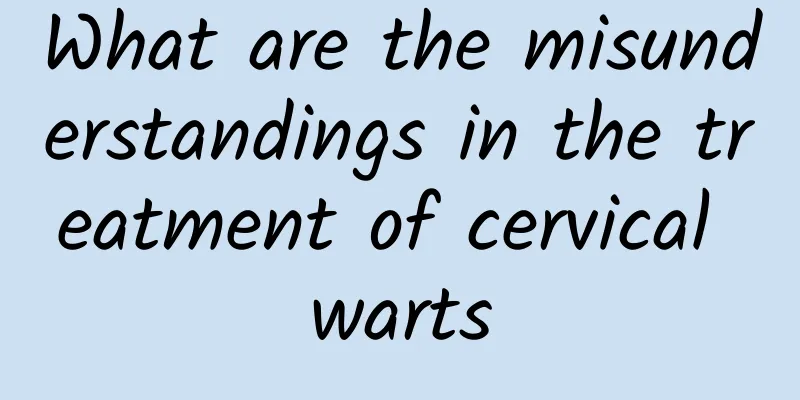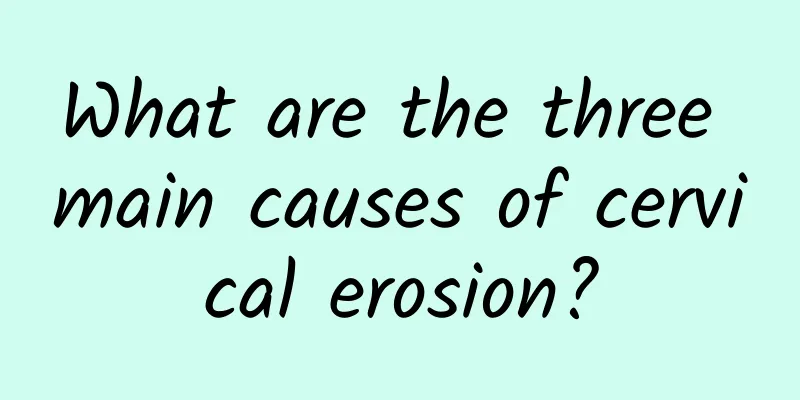Can ovarian cysts cause back pain? What are the common complications?
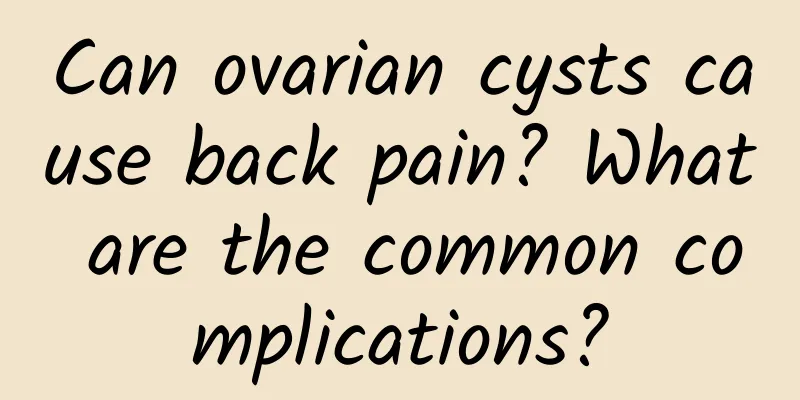
|
Can ovarian cysts cause back pain? What are the common complications? Ovarian cysts have no obvious clinical manifestations in the early stages, and patients are often found only during gynecological examinations when they seek medical treatment for other diseases. Generally speaking, functional ovarian cysts, skin cysts, serous cysts, and mucinous cysts usually have no symptoms. If a cyst gets bigger, it may cause dull pain or swelling in the lower abdomen or back. It may also put pressure on the bladder, causing frequent or difficult urination. It may even develop into complications, become infected, become twisted, bleed, or burst. complication: 1. Infection. Infection is rare, and its main symptoms are fever, abdominal pain, elevated white blood cell count and varying degrees of peritonitis. 2. Pedicle torsion. Pedicle torsion is relatively common and is one of the acute gynecological abdominal diseases. It is more common in cystic tumors with long pedicles, medium size, large mobility, and center of gravity biased to one side. It often occurs when the body position changes suddenly, in early pregnancy or after delivery. After the pedicle is torsion, it causes congestion, purple-brown color, and even rupture of blood vessels and bleeding. In acute pedicle torsion, the patient suddenly has severe pain in the lower abdomen. In severe cases, symptoms such as nausea, vomiting, and even shock may occur. During the examination, the abdominal wall muscles on the affected side are tense, tenderness is significant, and the mass has greater tension. After diagnosis, the tumor should be surgically removed immediately. 3. Tumor rupture. Spontaneous rupture may occur due to ischemic necrosis of the cyst wall or erosion of the cyst wall by the tumor. Traumatic rupture may occur due to squeezing, childbirth, gynecological examination, and puncture. After rupture, the cyst fluid flows into the abdominal cavity, irritating the peritoneum, causing severe abdominal pain, nausea, vomiting, and even shock. During the examination, there are signs of peritoneal irritation such as abdominal wall tension, tenderness, and rebound pain, and the original mass shrinks or disappears. After diagnosis, laparotomy should be performed immediately to remove the cyst and clean the abdominal cavity. 4. Malignant transformation. Malignant transformation of benign ovarian cysts often occurs in older women, especially postmenopausal women. The tumor grows rapidly in a short period of time, and the patient will experience abdominal distension and loss of appetite. During examination, the tumor volume is significantly increased and there is often ascites. |
<<: How to treat ovarian cysts surgically
Recommend
What causes prolonged menstrual bleeding?
What causes prolonged menstrual bleeding? Irregul...
What should I do if I keep bleeding brown blood after a miscarriage?
Artificial abortion mostly occurs when a man or w...
Will chocolate cysts affect pregnancy?
Chocolate cysts, also known as ovarian endometrio...
What are the causes of vulvar leukoplakia?
What are the causes of vulvar leukoplakia? I beli...
Han Kuo-yu keeps his health regimen secret: warming feet, massaging abdomen... Chinese medicine: do this to get more points!
The election campaign is fierce. Candidates are r...
Causes of gynecological uterine fibroids: Can the use of contraceptive pills also cause uterine fibroids?
Uterine fibroids are a benign tumor, which is ver...
Get enough sleep and you'll lose weight! Take a bath 1 hour before going to bed to develop a physique that is easy to lose weight
Habit 1: Go to bed before 10-12pm Get enough slee...
What are the dangers of premature menopause for women?
Due to the fierce competition in modern society, ...
The thread embedding weight loss injection should be sterilized for no more than 15 needles at a time.
It was reported in Taichung City that a woman sur...
Dieting is also often the cause of irregular menstruation
Dieting is also a common cause of irregular menst...
IUDs are not effective in preventing ectopic pregnancy
IUD is a commonly used contraceptive method and i...
What should I do if I have dull pain in the left abdomen due to adnexitis? What medicine should I take?
Left abdominal pain caused by adnexitis can be re...
Pumpkin not only helps you lose weight, but eating it with the skin and seeds is also great for fighting cancer! 6 health benefits of pumpkin
Pumpkin has high nutritional value and is rich in...
When is the best time to have an abortion?
Abortion generally refers to artificial abortion....
You need to look at the prevention methods of abortion syndrome
Abortion syndrome is one of the common hazards of...


